Tibetan nomads and nomad families
On Qinghai-Tibet Plateau, the complex topography makes the land of Tibet change from lower places to abruptly higher plateaus. Most of the Tibetans choose to live on the lower valleys which are full of fertile farming lands and abundant natural resources while other Tibetans chose to lead a herding life in pastoral areas located on Tibetan high-lands. Tibetans living on highland pastoral areas are regarded as the Tibetan nomads.
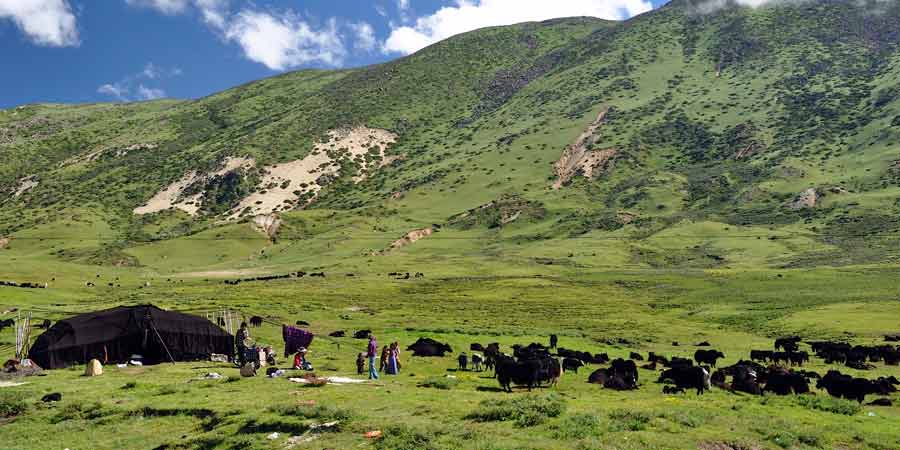 Tibetan Nomads living on highland
Tibetan Nomads living on highland
Tibetan nomads breed their yak herds and sheep flocks in pastoral regions which are located 4,500m above the sea level, so they have to grasp the skills of finding the best grazing for their livestock. They move from one place to another grass abundant place and after centuries, Tibetan nomad has fully get used to this herding life.
Typically, Nomads live in groups of 10 to 25 families, with each family living in a four-sided yak-hair tent. Sometimes newlyweds live in small subsidiary tents. Nomad tents are mostly set up a considerable distance from one another to ensure each family has enough land to graze their animals. When to move is decided by all the families in the group.
Tibetan nomad's life
Where do Tibetan nomads live?
Tibetan pastoral area is located on the Qinghai-Tibet Plateau and ranks the third place of the national pastoral areas. With mainly alpine meadow grassland, the pastoral region covers an area of 53 million hectares, with half of them distributed in the southeast of the Tibet valleys in Lhoka Prefecture and half on highland in Nagqu Prefecture, Ngari Prefecture and Namtso areas in Lhasa City. Tibetan nomads live mostly on the highland pastoral areas. Most of the travelers confess that nomad life is romantic and full of pleasant surprises since they move their homes from one place to another. Many of them even wish to experience such herding life with passions. Indeed, most of the nomads are content with the life they are living. Pitching tents on pastoral areas and breeding yaks and sheep on vast highlands are tempting for most of the people living below. With the average height of 4,500m and surrounded by abundant grasses and fertile lands, Tibetan nomads have no worries about the polluted air, the unemployment stress as well as the disturbance that perplexes the urban people. What nomads need to do is simply tending their herds and flocks, and know when to leave and where to head for to find the best grasses.
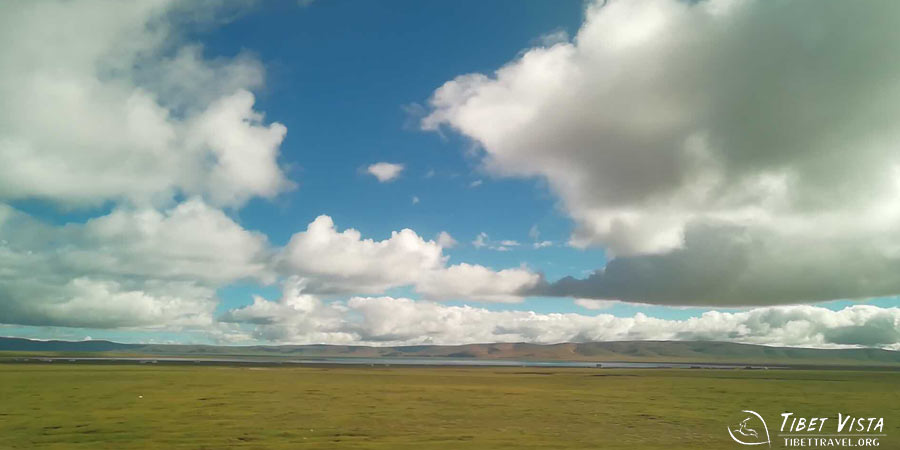
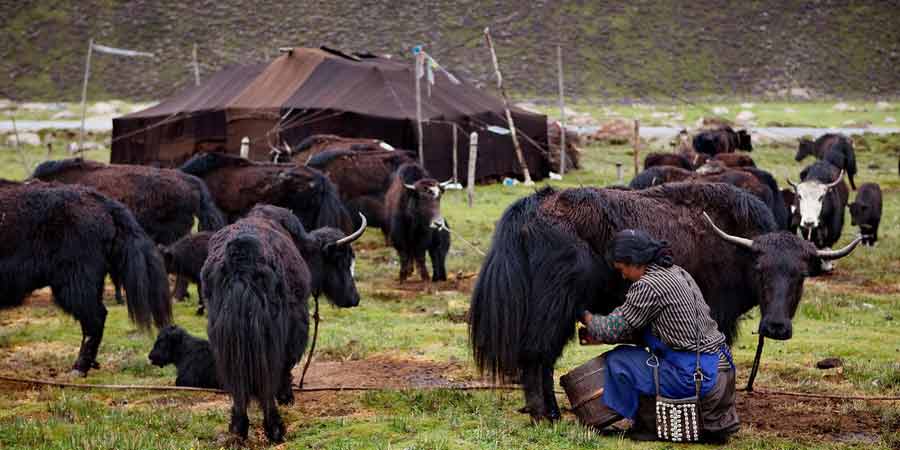
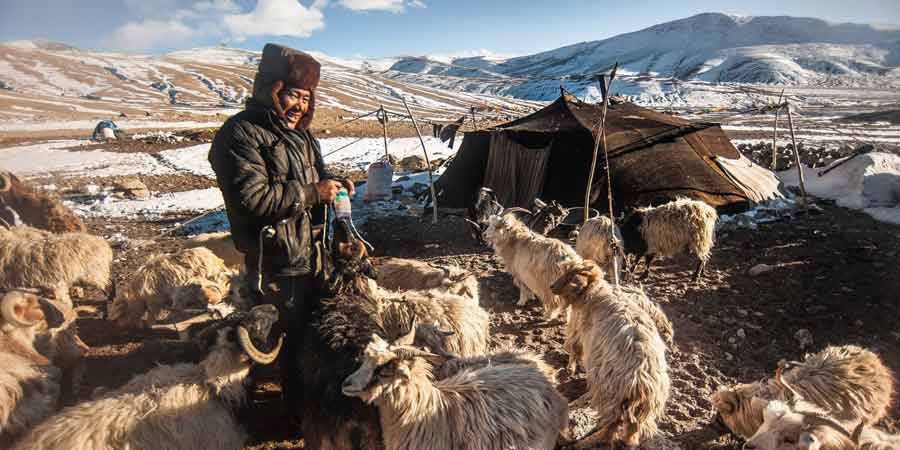
What do Tibetan nomads eat?
The staples of Tibetan nomad diet are basically tsampa (Made of roasted highland barley flour and fragrant milky tea), yak butter tea and fresh yogurt. Peasants sometimes ground the barley by pouring it into a funnel and crushing it into the flour with a small water- turned millstone near a stream. Barley is often cooked on the sand to keep it from scorching. For most of the time, barley cannot grow on places with the height over 4,500m, therefore, to get the barley and obtain the grain and other dispensable things for the living, Tibetan nomads have to trade them with sheep and yaks. Water in the highland lake like Namtso Lake is too salty to drink, so nomads always camp near a spring.

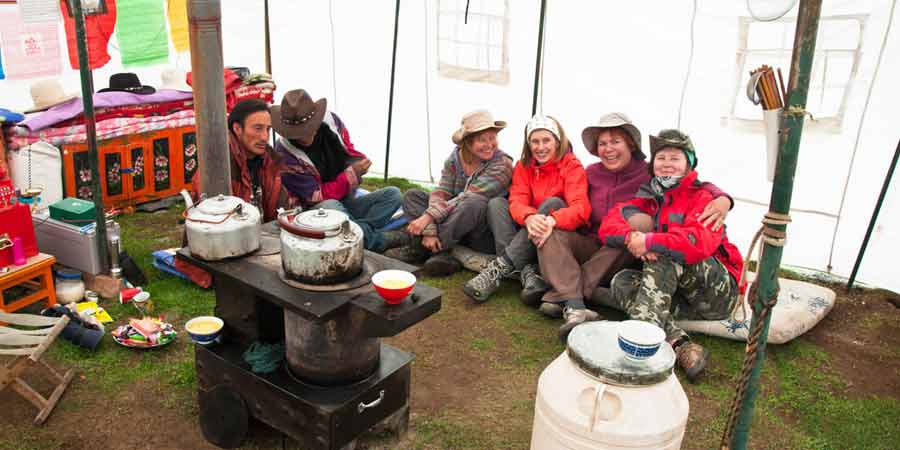
How do they breed the live stocks and hunt for their prey?
If we hunt a job in the urban city to make a living, then nomads sustain their lives by tending their animals. Yaks, sheep, and goats have lived on this land for centuries with the staple food of green grass. Tibetan nomads have mastered the skills in taming, stocking and breeding these animals by longtime practice. Typically, sheep and goats are tended and watched by a masterful herdsman on horseback or on foot when these stocks are rushed to pastures while the yak carries other living supplies for nomads. Unlike hibernation animals, livestock raised by nomads have trouble to get over the severe winter without any supplemental fodder, especially on such a high place with howling wind and extremely low temperature. If the livestock is to survive, they need to build up a layer of fat before the winter fall. As most nomads around the world, animals are a sign of wealth for nomadic Tibetans.
To expand the menu with new dishes, Tibetan nomads have the tradition to hunt for wild animals. Blue sheep and gazelles are on their hunting list. Usually, they use urga, sets of lopes and take any other feasible method to capture these wild animals.
The ways the Tibetan nomad makes a living
Herding does solve many problems that the nomad faces, but it isn't enough to construct a comprehensive herding life. So Nomads have to conduct trade exchanges with the agricultural minorities in lower valleys and cities to obtain dispensable living things. Gradually, trading becomes a routine for nomads living in Tibet and provides them a chance to contact with other Tibetans and the world.
Visit a Tibetan nomad tent
Wishing not to be disturbed by the outside world, nomads in Tibet prefer live a comparatively peaceful life in their camping areas. Paying a sudden visit to their home seems to be impolite and offending in terms of the traditional customs. Fortunately, under the introduction of our Tibet guide, we are lucky to have an intimate contact with these minorities. Or you can also choose to leave for northern Tibetan pastures and visit the Namtso Lake to meet these aborigines and experience the primitive and original nomad life.
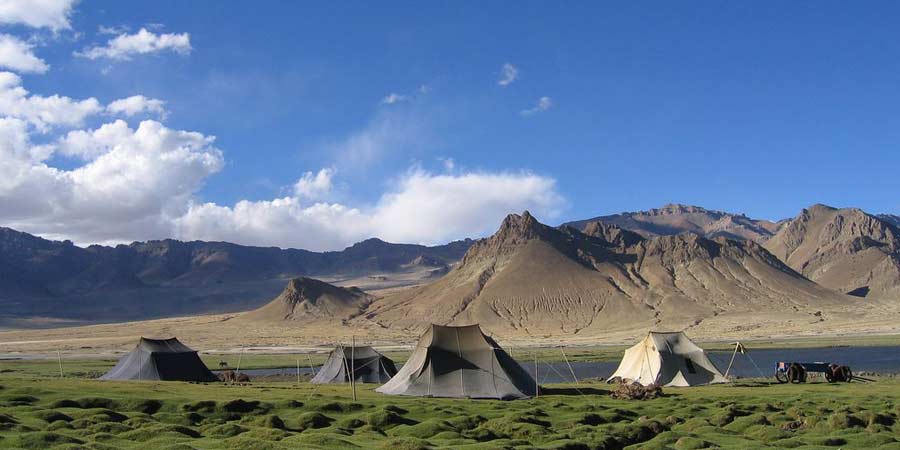
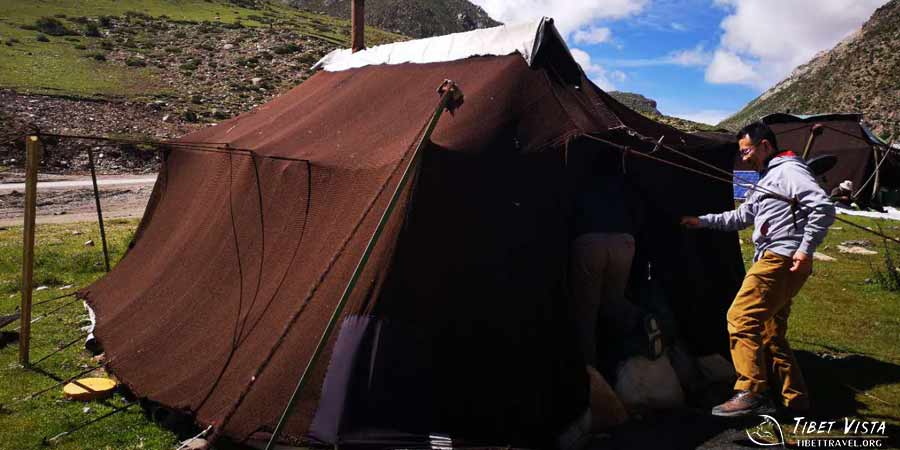
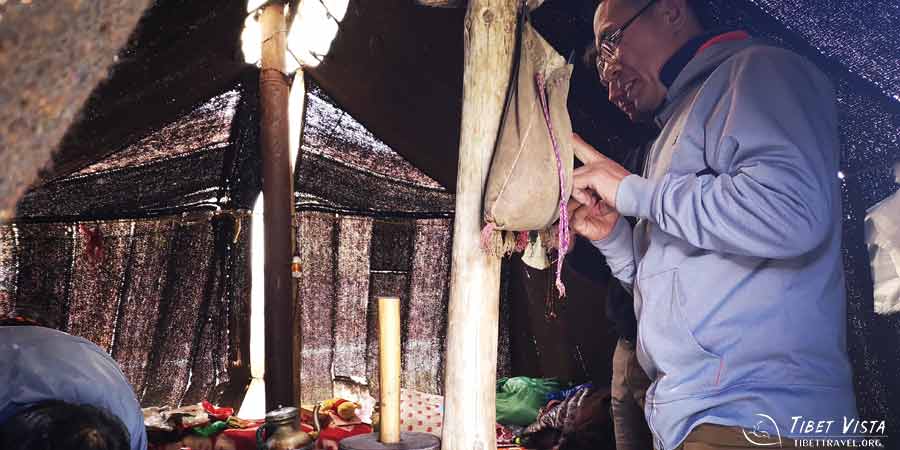
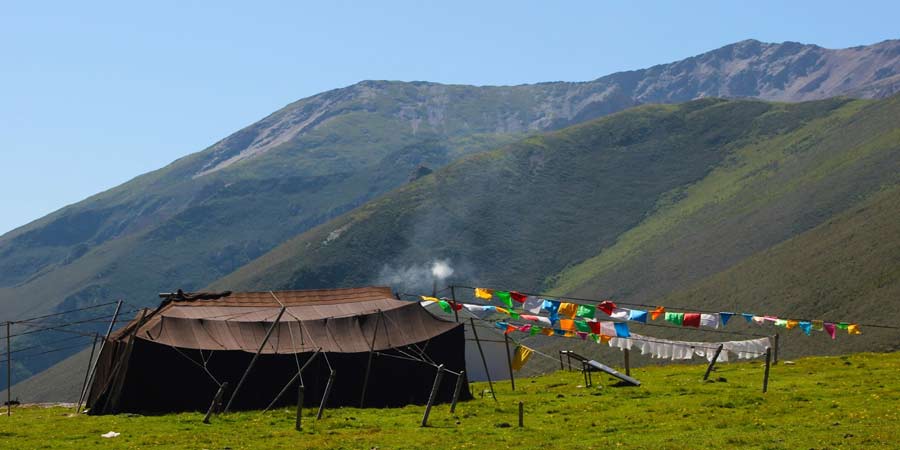
What does Tibetan nomad tent look like?
Unlike the tents we used for traveling, nomad tents are functional with its uniqueness than most of the other tents in Tibet. Typically, the tents are the four-sided or eight-sided tents made of black yak hair and sheep wool. In summer, the loose wool weaves let the wind crawling through, keeping the air fresh and cool inside while in winter, the weaves become tight and can keep the dry and cold wind from howling in. Besides, each tent is decorated with prayer flags to express the blessing of the nomads to the grassland as well as the living creatures on this land.
Smaller and white tents are traditionally selected by Tibetan girls or newlyweds. You can find these well-made tents in every nomad family. With the constant connection with the farming people in lower valleys, this kind of tent becomes popular in Tibetan cities. Dismantled and moved easily, multitudes of the tents are set up at religious or racing gatherings. Elders, kids, guests prefer to stay in these tents too.
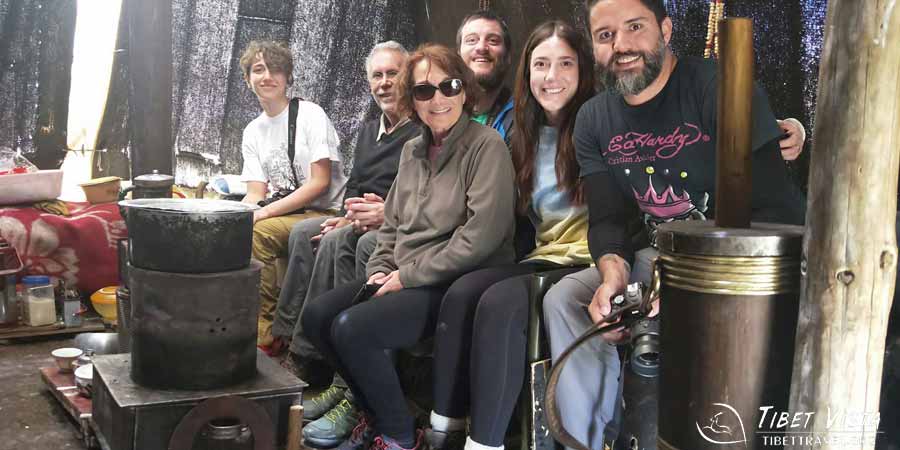
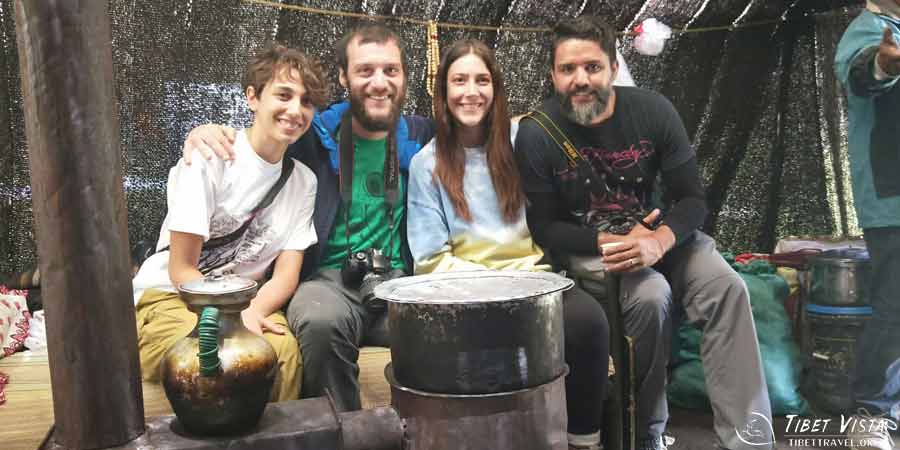

Inside the tents, the woman usually stays close to the camp doing various chores like weaving blankets, milking the cow and making butter while the man often goes out and gazes the yak herds and sheep flocks. Almost every nomad family has an altar which enshrines Buddha deities and protector god. Besides the altar, nomads often place an exquisite box with various pieces of jewelry and valuable belongs. In addition to the personal belongs, the cooking stove, sheepskin mats as well as yak hair blanket are also regarded as the most valuable things for a nomad family. If it doesn't rain, you can also imitate the nomads to sleep outside with mats. Be careful about the dog outside, for it is kept around to scare away the predators.
Nomad life in Tibet is not as ideal as you have imagined. With gradually deteriorated pasture grass quality and lots of herding limitations, nomads in Tibet are facing more and more severe problems. If you are interested in this nomadic group and wish to have an extraordinary face-to-face trip with these people, join in our short Tibet group tour and we will make a private arrangement for you. Refer to the following websites for detailed information.
Join-in Lhasa Tour with Namtso Lake to experience the Nomadic lif



.jpg)


 Tibetan Nomads living on highland
Tibetan Nomads living on highland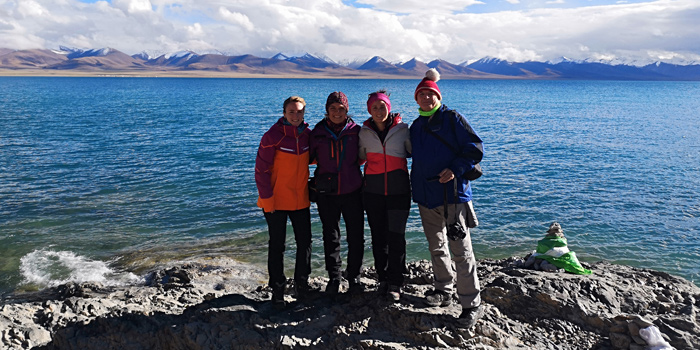














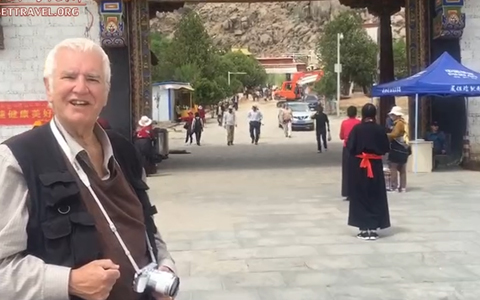
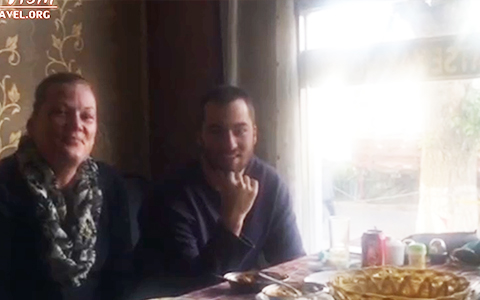


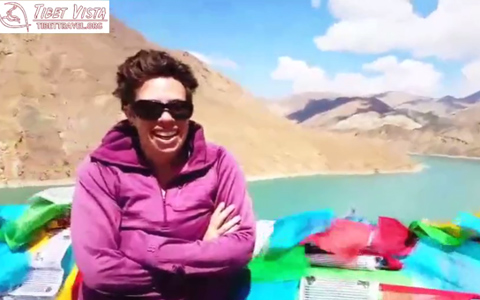
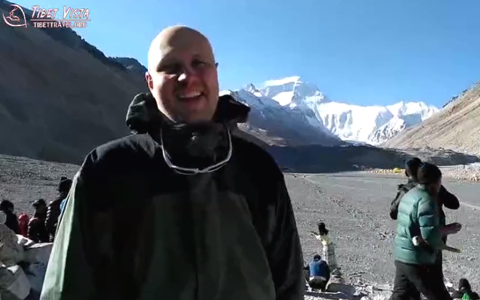
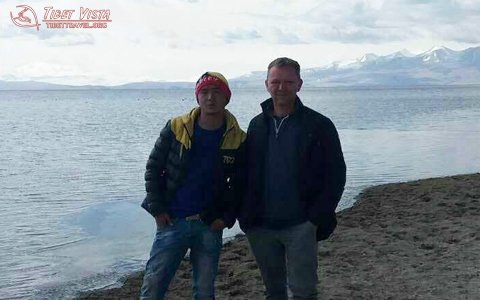


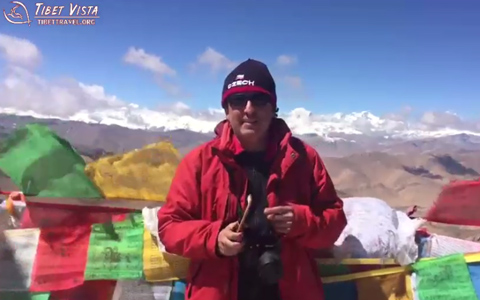


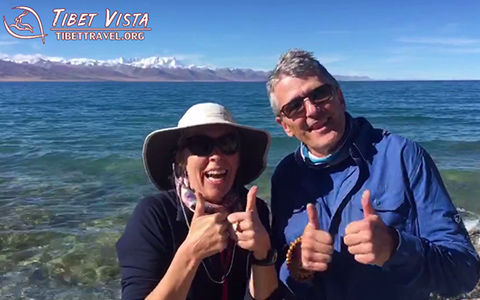

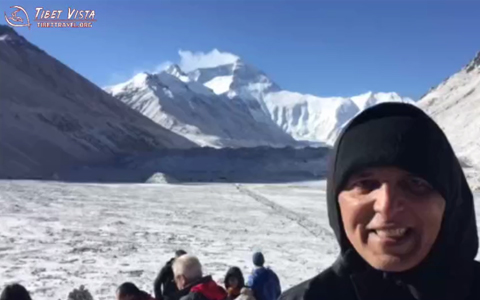

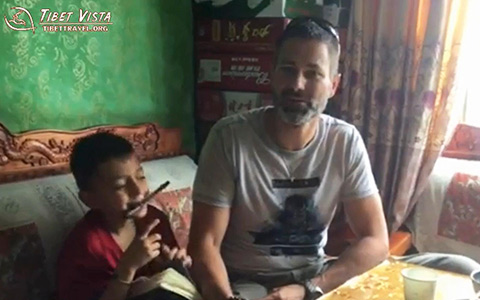


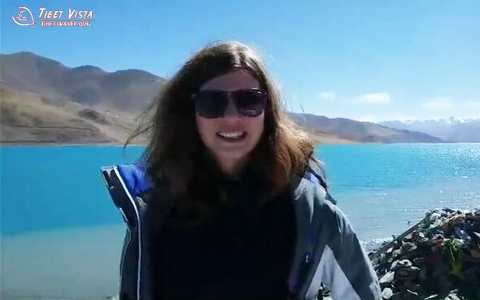
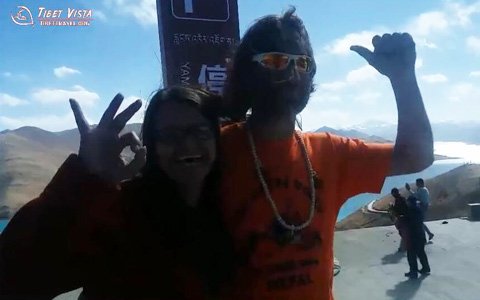

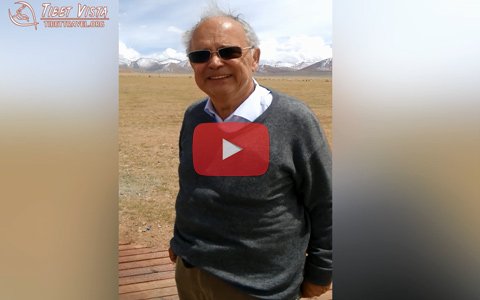



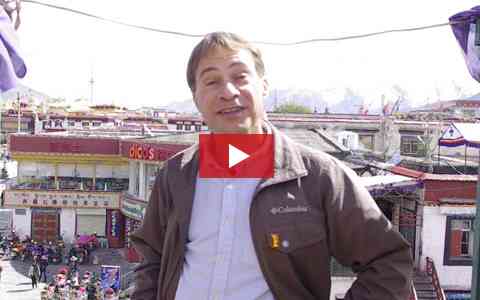
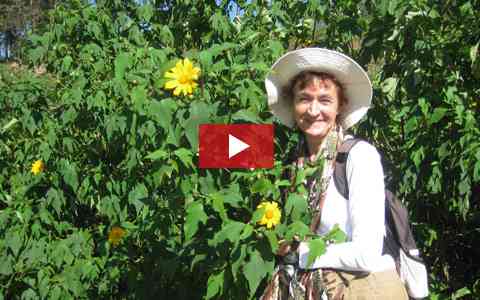
0 Comment ON "Featured Tibet Tour: What Is It Like to Visit Tibetan Nomads' Family?"